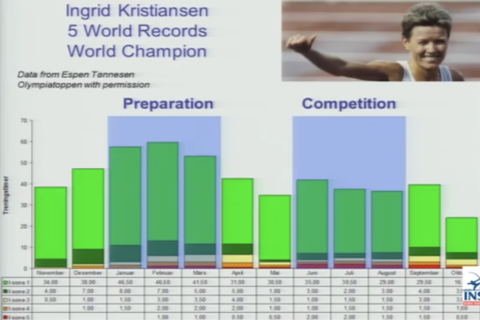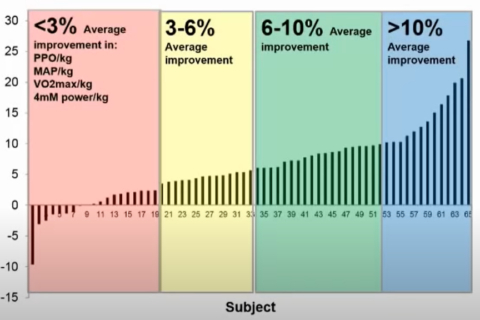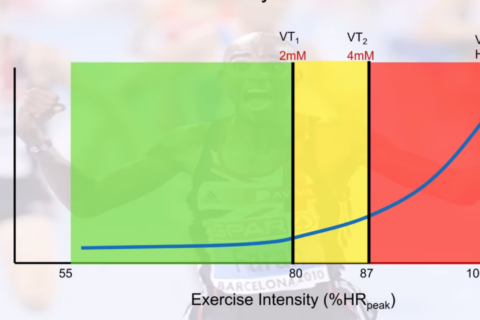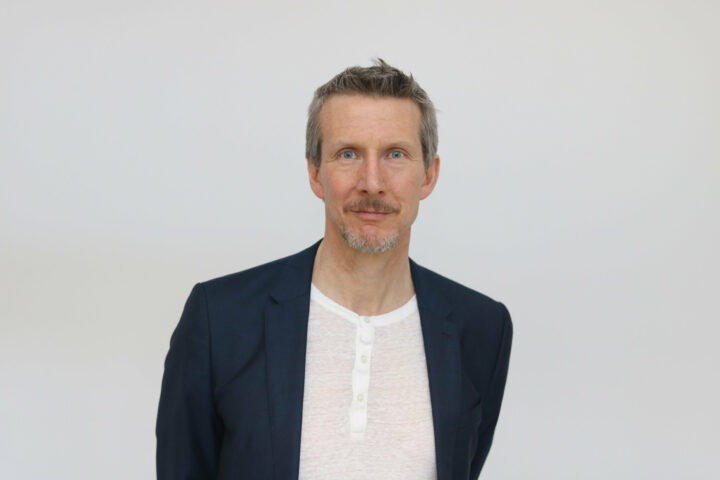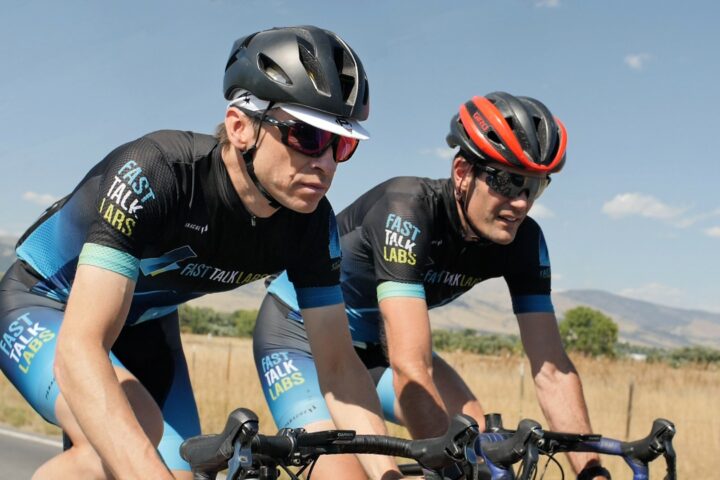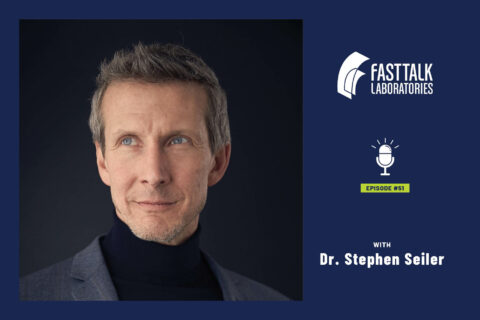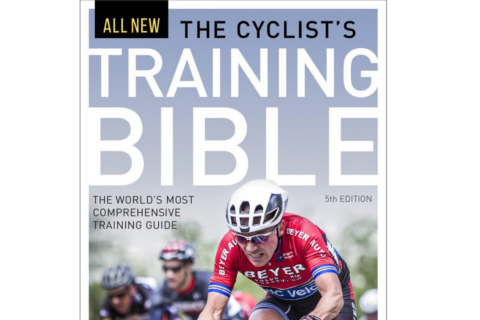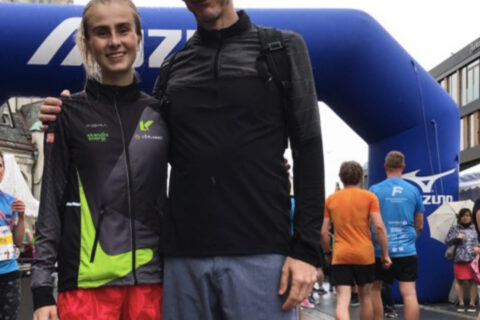
If Dr. Stephen Seiler Were Your Dad, How Would You Train? Part 1
If your dad were a world-class exercise physiologist like, say, Dr. Stephen Seiler, how would you train? Probably pretty effectively. In this case study of one, Dr. Seiler chats with his daughter and runner, Siren, to review her career and training methods.
